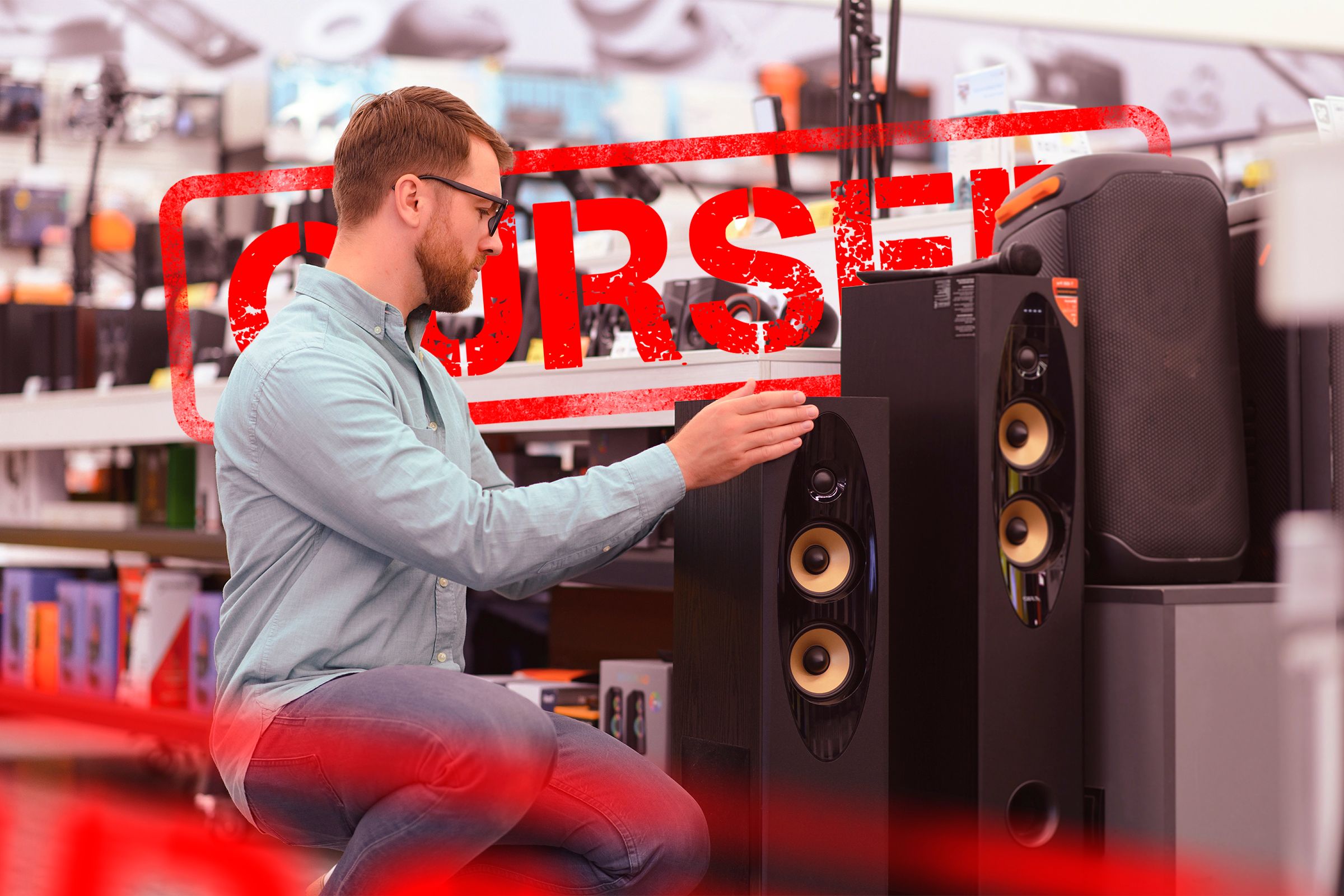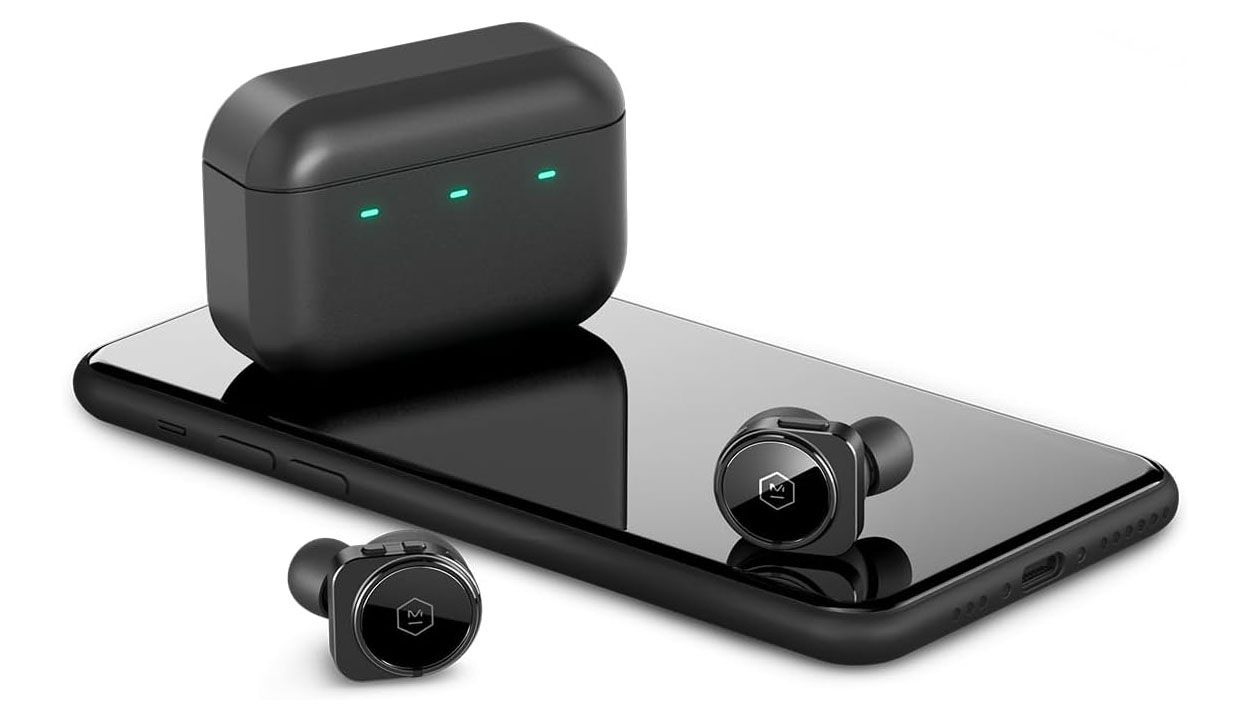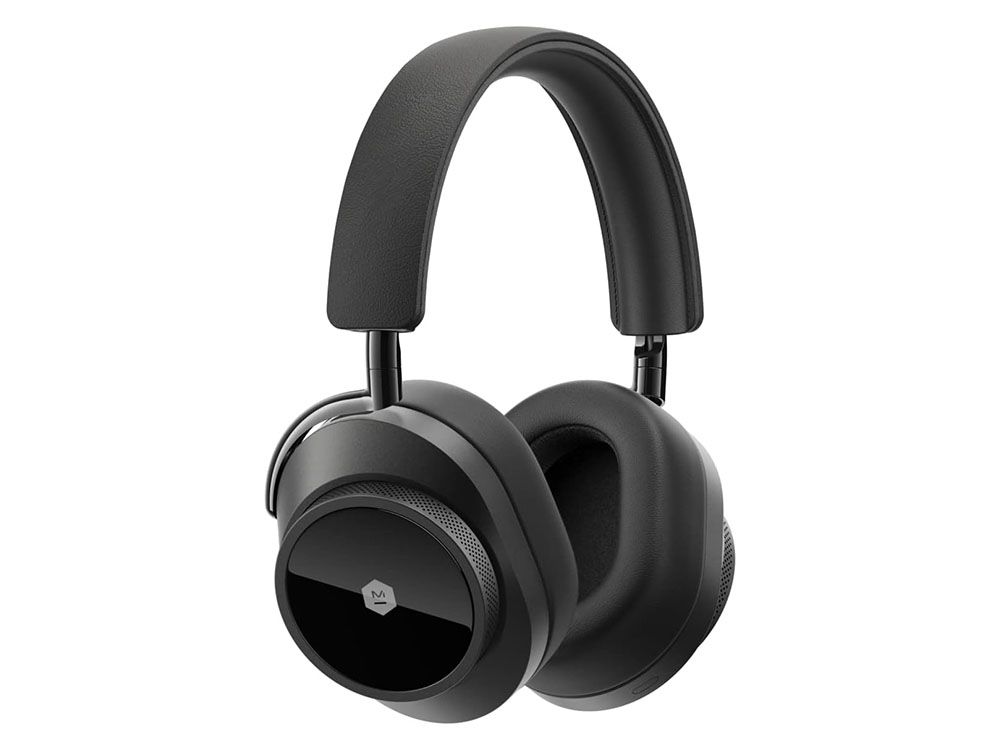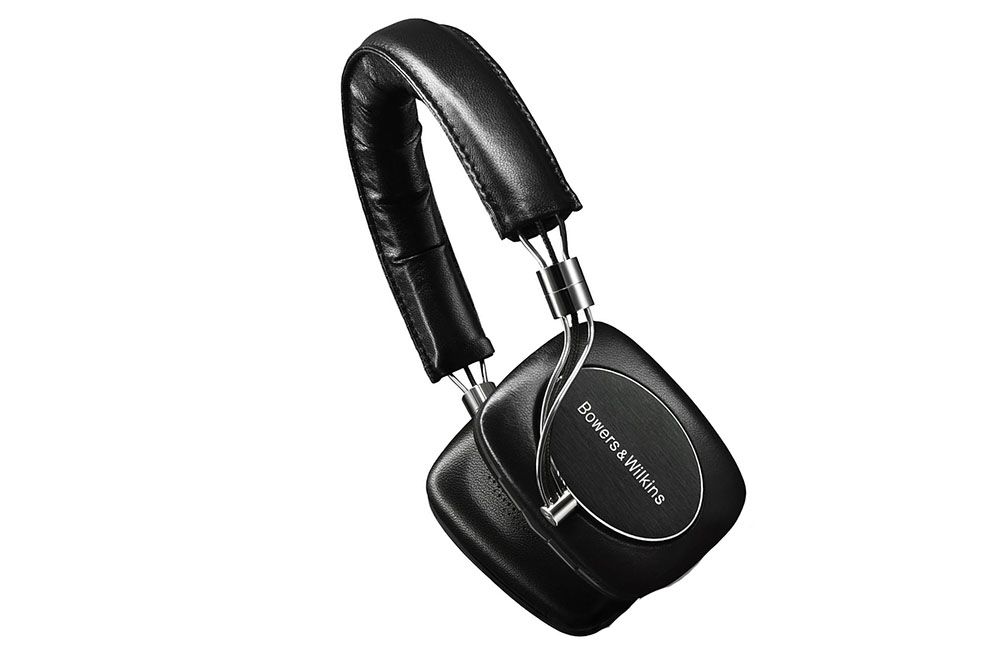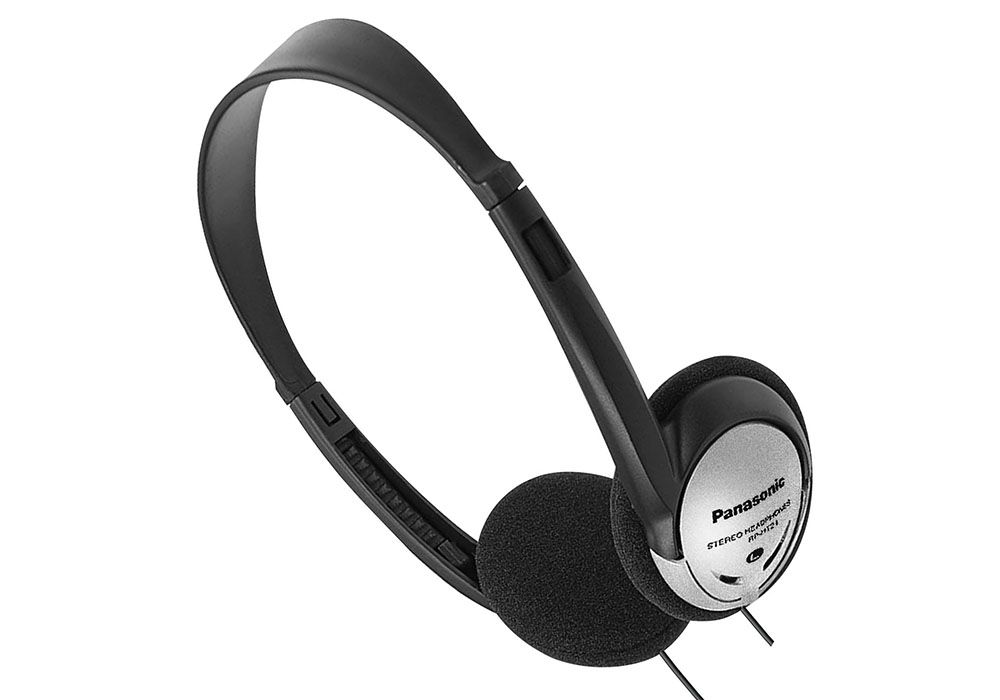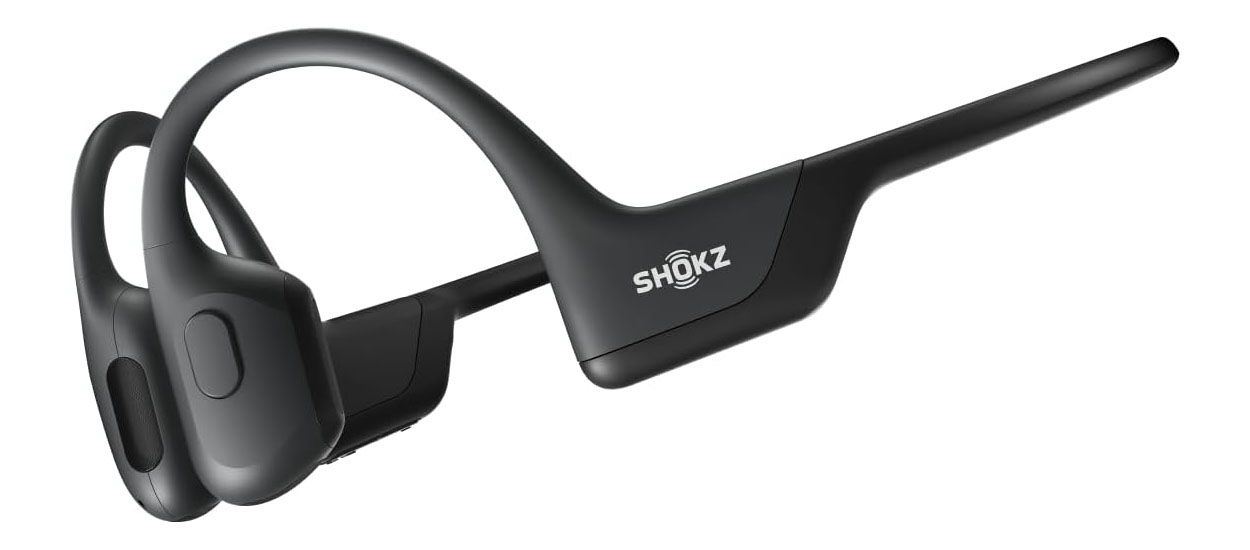Summary
- Headphones come in various types, from in-ear to over-ear, each suitable for different purposes.
- Over-ear headphones are ideal for home listening, while in-ear is great for portability, on-ear for travel, and bone conduction for active use.
- There might also be a case for a more specialist pair for anything from gaming to videography.
To some people, a pair of headphones is a pair of headphones, while audiophiles can talk for hours about their preferred pair. Music is a hugely important part of my life, which is why I have five different pairs of headphones and consider this entirely reasonable.
Headphones Come In Many Different Form-factors
I spend a lot of time listening to music. Some of it is active listening, where I’m doing nothing else and giving my full attention to the music. Some of it is passive, with music playing in the background while doing other things. Some of my listening is through speakers, some of it through headphones. Some of it is at home, some while away, some while on the move.
When it comes to headphones, there are a whole range of different form-factors, from in-ear to over-ear, as well as ones which don’t even involve the ears. Our guide on choosing the right headphones breaks them down into seven categories, but in this piece I talk about the five types I own, and the reasons for each.
I Have One Each of Five Different Types—Here’s Why
Let’s start with who’s likely to benefit from the advice offered here.
Definitions of audiophile vary. Some take it to mean nothing more than someone who loves listening to music and who cares about sound quality. Others would argue that it should be defined objectively by an ability to hear the difference between, say, an AAC 320 Kbps recording and a FLAC one. Yet others use the term rather dismissively, to describe the type of person who obsesses over equipment but spends way more of their time tweaking it and listening to test tracks than they ever do listening to music for pleasure.
I belong firmly in the former category. My ears were once good enough to pass those ABX tests, but a combination of aging ears and increasingly good compressed audio means that’s no longer the case. These days, I like to say I have mid-range ears—good enough to appreciate decent quality audio, but not good enough to bankrupt me.
So, if you’re an audiophile by the second or third definitions, you can stop reading now: you need expert help on what will probably be a single-wired headphone purchase costing well into four figures. But if you’re like me, and you have ears that appreciate decent quality but won’t be offended by good-quality wireless headphones, read on.
In-Ear
In-ear headphones don’t offer the most immersive sound, and there are limits to the ultimate quality level that can be packed into such a small device, but they have one undeniable advantage: portability.
These are the headphones I use most of the time when traveling around my own city. I can slip them into my ears when I leave home, and when I arrive somewhere, take them out and put them into a case which fits easily in the smallest of pockets. I think of in-ear headphones as there when I want them, not when I don’t.
As with all types of headphones, in-ear models are available in various kinds of quality at all kinds of price levels. My mid-range ears settled on Master & Dynamic MW09. They’ll cost you about twice as much as a pair of AirPods Pros, but I’d say the difference in sound quality more than justifies this.
They offer 11mm beryllium drivers, a neutral to warm default sound profile, adaptive ANC, and wireless charging. The combination of passive and active noise isolation is good enough for use on London’s ancient and exceedingly loud tube trains! With in-case charging they claim a total of 48 hours of listening time; all I can say is that I’ve never run out of power during a single listening session, and typically charge the case less than once a week.
Over-Ear
At the other end of the size and weight scale are over-ear headphones. These completely enclose the ear, and even without noise cancelation are very effective at blocking out external sounds. They also tend to be extremely comfortable (though not the most comfortable option, as we’ll see), because they sit against the side of your head, applying no pressure at all to your ears.
Over-ear headphones are my top recommendation for listening at home, where quality and comfort are key, and portability is irrelevant.
Technically, I should confess to owning six pairs of headphones, but that’s only because I accidentally ended up owning two pairs of over-ear models when I received a second pair as a gift. My two pairs, then, are the Master & Dynamic MW65 (since superseded by the MW75) and the Bowers & Wilkins PX7 S2 (also available in the much more luxurious form of the PX8). I don’t think you can go wrong with any of these options, but if I had to choose, then the Master & Dynamics win out. Depending on the pair you choose, and the deals available at the time, you could end up paying anywhere in the $250 to $600 range.
On-Ear
On-ear headphones are my compromise option when traveling. Both pairs of my over-ear headphones do claim they fold, but it would be more accurate to say they twist to form a flatter and slightly less bulky unit when packed. On-ear models lack the enclosure of over-ear models, so they don’t offer much in the way of passive noise isolation, but active noise cancellation works well these days, and they tend to be a lot more portable.
My own choice here is the Bowers & Wilkins P5, which is now quite old, so you might have to hunt around for a pair. Sadly, B&W seems to have abandoned the on-ear category in favor of over-ear and in-ear. But I love them because they offer great sound quality, feel so comfortable when slung around my neck in folded form that I sometimes forget they are there, and take up very little room when folded flat in your hand baggage.
Lightweight Wired
I almost omitted these, as they serve a bit of a niche purpose for me, so skip this one if you don’t shoot video at least semi-seriously.
I shoot the occasional micro-documentary, and am usually a one-man crew acting as director, videographer, lighting gaffer, and sound technician. For interviews, I want to be able to monitor the audio feed from the mics to the camera, which requires wired headphones. My over-ear headphones support wired as well as wireless connections, but make me look very isolated from the person I’m interviewing, even though I can hear them perfectly. I felt this created a bit of a psychological barrier, and since I just needed a way to ensure that sound was indeed being received by the camera, a very basic pair of headphones would do the job.
While I happened to end up with a slightly different set, I’d suggest a simple pair of lightweight headphones intended mostly for use with phone calls: the Panasonic XBS. These are light, comfy, and very visually unobtrusive.
Other niche cases might require a different solution; gaming, for example.
Bone Conduction
Finally, I like to listen to music while cycling. Out in rural areas, with hardly anyone around to disturb, I happily use a small Bluetooth speaker. But that’s rather antisocial in the city, requiring headphones. Since I still need to be able to hear traffic and other ambient sounds, none of my existing headphones are suitable.
The solution here is a pair of bone conduction headphones. These don’t involve the ears at all, but instead conduct sound through the cheekbones, which are then picked up by the cochlea (inner ear). They don’t offer anything like the same audio quality as conventional headphones, but are the only safe option when you don’t want to block out ambient sound. In theory, you could use conventional headphones with sound transparency on, but personally I think that’s an awful way to listen.
I also said that over-ear headphones were my second most comfortable option, and that’s because my Shokz OpenRun Pro headphones are so comfortable. I’ve literally been known to keep them on four hours after I get home before I remember I’m wearing them! There are a range of Shokz models, and other brands too, at prices ranging from no-brand ones at $30-ish up to around $160.
In making your own choices, I recommend letting usage time dictate investment. If most of your headphone listening is at home, spend the most money on an over-ear pair; if it’s on the move, then in-ear will be the priority. On-ear probably only makes sense if you do a lot of traveling, while bone conduction is primarily for active use: running, cycling, and swimming.


